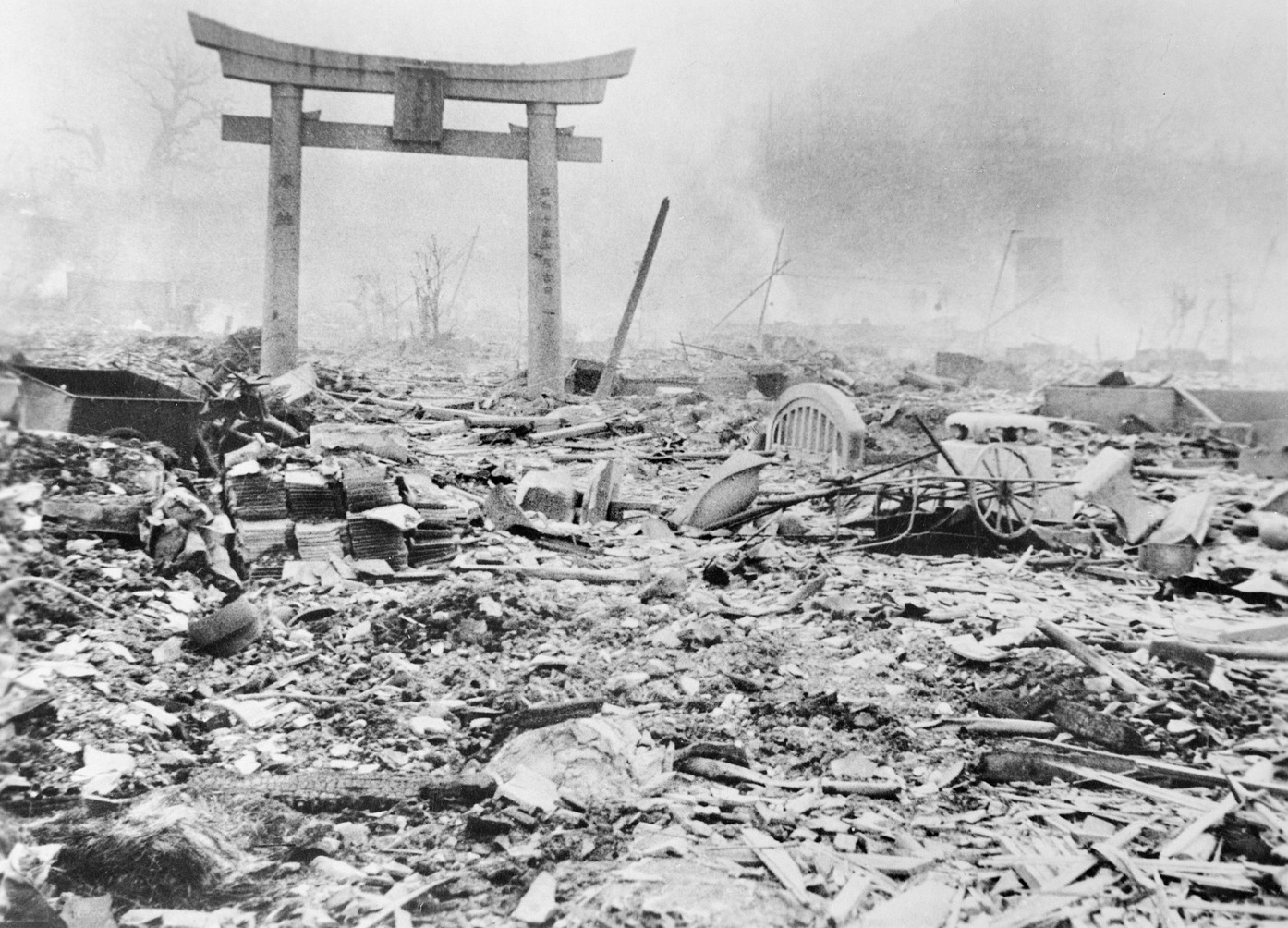

The force from which the sun draws its power has been loosed against those who brought war to the Far East.”Īs we know now, this was the fruit of the Manhattan Project, the secret U.S.-led research-and-development effort that created the first nuclear weapons. Its success, Truman says, prepared the Allies to “obliterate more rapidly and completely every productive enterprise the Japanese have above ground in any city. And the end is not yet.” From the President, the American public first learned of the development of an atomic bomb, “a harnessing of the basic power of the universe. Can we regard this world-historic destruction with fresh eyes?Ī Youtuber known as Rick88888888 offers one way of potentially doing so: almost half an hour of colorized (as well as motion-stabilized, de-noised, and otherwise enhanced) footage of not just the explosions themselves, but the ruined Japanese cities and their struggling survivors, the airplanes that performed the bombing, and the United States President who ordered it. “The Japanese began the war from the air at Pearl Harbor,” says Harry Truman in a broadcast on August 6, 1945, the day of the attack on Hiroshima. By now, we’ve all seen contemporary photographs (and even film clips) of the fate of Hiroshima and subsequently atomic-bombed Nagasaki. This was the first many viewers had seen of the legacy of that unprecedented act of destruction, and now, six decades later, the cultural image of Hiroshima has conflated Resnais’ stark French New Wave vision with actual wartime documentary materials. “Everything.” The film goes on to show the effects of the American atomic-bomb attack that devastated the titular city nearly fifteen years before.

“I saw everything,” replies Emmanuelle Riva. Nothing,” says Eiji Okada in the opening of Alain Resnais’ Hiroshima mon amour.


 0 kommentar(er)
0 kommentar(er)
